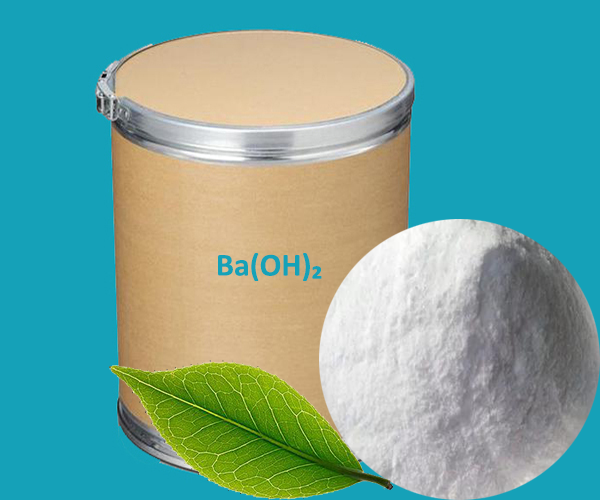Barium hydroxide is also called as baryta with the formula Ba(OH)₂. It is a clear white powder with no odour. It is poisonous in nature. It is ionic in nature for example, Ba(OH)₂ (barium hydroxide) in aqueous solution can provide two hydroxide ions per molecule. Barium hydroxide is the only reagent described for metalizing carboxamidesBarium hydroxide was less degradative as compared to barium oxide.
Properties of Barium hydroxide
Chemical Formula : Ba(OH)₂
Odour : Odourless
Appearance : White solid
Density : 3.74 g/cm³
Molecular Weight : 171.34 g/mol
Boiling Point : 780 °C
Melting Point : 78 °C
SolubilitySlightly soluble in cold water
Synonyms : Caustic baryta, Barium dihydroxide, barium(2+) dihydroxide
Uses of Barium hydroxide
1. Barium hydroxide forms a strong caustic base in aqueous solution. It has many uses, e.g., as a test for sulphides; in pesticides; in the manufacture of alkali and glass.
2. Use of barium hydroxide lime rather than soda lime, high sevoflurane concentration, high absorbent temperature, and fresh absorbent use.
3. Used in the manufacture of alkalis, glass, oil and grease additives, barium soaps, and other barium compounds.
4. In the chemical industry, it is used for the manufacture of other barium compounds and as a pH regulator in various processes.
5. Barium hydroxide is also employed in organic synthesis as a strong base, for instance, in the aldol condensation reaction.
6. In the textile industry, it serves as a mordant for dyeing processes.
7. Due to its high reactivity and strong basic nature, it’s used in laboratory settings for titration experiments.
 English
English Español
Español Português
Português Français
Français Deutsch
Deutsch Русский
Русский 中文
中文 日本語
日本語
